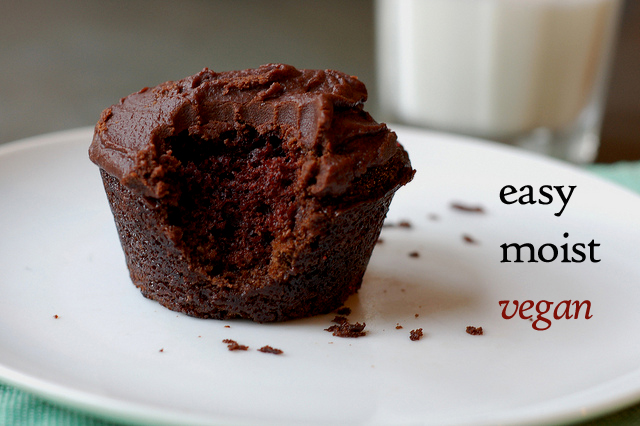As you've probably heard, our honey bees are dying. U.S. bee keepers lost a shocking 31% of their hives this winter, marking the seventh year of devastating bee deaths in a row. Although the exact cause(s) of Colony Collapse Disorder is hard to pinpoint with certainty, what is perfectly clear is that we're speeding towards the disastrous point at which we will not have enough honey bees left to pollinate our crops.
You don't need to rush out to buy protective mesh clothing and a smoke can, there are lots of easy ways you can help honey bees to survive and, hopefully, to thrive. Here are seven simple ways to get started.
1. Add your name to the petition urging the EPA and USDA to ban neonicotinoids, a widely used class of agricultural pesticides that is highly toxic to bees and believed to play a crucial role in colony collapse disorder. The EU has just enacted a ban on neonicotinoids and we must follow Europe's lead as there is literally no time to waste.
2. Let dandelions and clover grow in your yard. Dandelions and clover are two of the bees' favorite foods - they provide tons of nourishment and pollen for our pollinators to make honey and to feed their young (look at this bee frolicking in a dandelion below - like a pig in shit!) And these flowers could not be any easier to grow - all you have to do is not do anything.
3. Stop using commercial pesticides, herbicides and fertilizers - these chemicals are harmful to the bees. And they're also harmful to you, your family, and our soil and water supply, too. Definitely not worth it!
4. Eat more honey and buy it from a local bee keeper. This is a pretty sweet way to help the bees (sorry, I can never resist a good pun.) Unlike big honey companies, local bee keepers tend to be much more concerned about the health of their bees than they are about their profits. And their products do not have to travel far to reach your kitchen, either. You can almost always find local honey at your farmers' market and it may also be available at your local health food or grocery store. It may cost a little more than the commercial options, but it's well worth it.
5. Plant bee-friendly flowers. This not only helps the honey bees, it will also make your yard more beautiful and can also provide you with a bunch of great culinary herbs.
In addition to the dandelions and clover I mentioned above, bees love many other flowers, including: bee balm, borage, asters, lavender, thyme, mint, rosemary, honey suckle, poppies, sunflowers, marigolds, salvia, butterfly bush, clematis, echinacea (see the bee partaking of some coneflower goodness below) blackberries, raspberries, strawberries, fennel, yellow hyssop, milkweed, goldenrod, and many more.
You can also just buy one of those pre-mixed packets of wildflowers with good results. And, if you're ever in doubt, choose native plants as they will be best suited to the climate you live in and can help support the bees throughout the season.
6. Buy organic. Organic food and fibers like cotton and hemp are produced without the use of commercial pesticides, fertilizers and herbicides, making them inherently more bee-friendly than conventionally grown products.
7. Share this post with your friends, family, neighbors and co-workers to help build more "buzz" for honey bees.
You might also like these posts from the Greening Your Kitchen series:
- Forget "free-range", buy "pasture-raised" eggs from a farmer near you
- Nix the antibacterials, they're breeding "super bugs"
- Grow your own garlic








